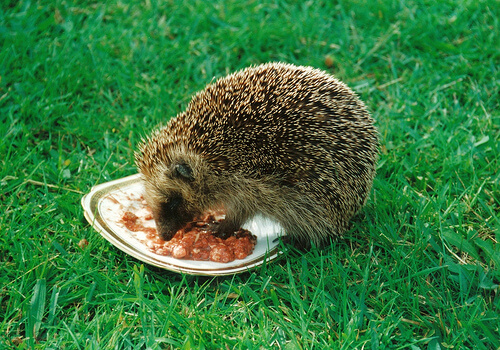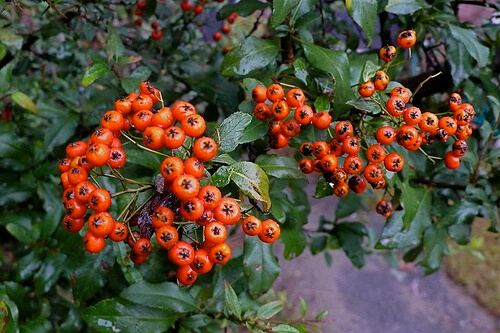There are many advantages to encouraging wildlife to thrive in your garden. Not only is it fascinating to witness nature up close (especially if you have children), but encouraging certain types of creatures to take up residence in your garden will act as a natural deterrent for many common pests.
Birds make a valuable addition to any garden as they will eat most insects, with certain kinds of birds mercifully enjoying snacking on slugs and snails. Pest-eating birds include: robins, magpies, wrens, song thrushes, blackbirds and fieldfares.
While insects are amongst the pests you want to eradicate, there are some insects that are actually useful to have in your garden.
Ladybirds, lacewings, parasitic species of wasps, hoverflies and beetles are among the good kinds of insects who like to eat other pests common to UK gardens.
Other creatures to encourage are hedgehogs, frogs, toads, bats and newts, all of which enjoy eating the pests you hate as part of their daily diet.
So if you want to attract (the right kind of) wildlife to your garden, try incorporating some of these useful features:
Garden pond – Ponds are loved by many creatures, such as frogs, dragonflies and newts, which all need water to breed; birds which use them to drink and bathe, and water boatmen, which live on the bottom of ponds and consume algae and plant debris.
Compost heap – A compost heap provides a place for hedgehogs to hibernate and for slowworms to breed; it will also supply valuable compost that will naturally fertilise your garden’s soil.
Long grass and nettles – Long grassy areas will attract insects, provide shelter for animals, and food for predators.
Thick hedge – A hedge gives nesting areas and cover for birds, while berries provide food during the winter.
Logs – Logs provide an excellent hiding place for all sorts of amphibians, frogs and ground beetles.
Food for Wildlife
Providing food doesn’t have to just mean hanging a bird feeder or throwing out some nuts for the squirrels. In the autumn and winter months, berries and seeds are in plentiful supply, providing food for birds and many other insects.
The garden plant Pyracantha provides berries as well as shelter for birds and support for insects; it can also be trained against a wall.
Summer provides you with many options for food. Plants that are rich in nectar can encourage predators such as wasps and hoverflies. Fennel, Dill and Aster plants provide food for many insects, as well as flowers such as Candytuft, Aubrieta and Wallflower, and shrubs such as Viburnum and Buddleia. You should try and include at least one nectar-rich plant for bumblebees.
Shelter
For a wildlife friendly garden, shelter is vital to protect the creatures from predators, give a place to nest, and somewhere to hibernate. Trees and plants such as Evergreen provide all-year round cover.
Rose, Pyracantha and Mahonia shrubs are an excellent choice for nesting and provide berries and hips to eat. Climbers provide much needed protection, camouflage and nesting spots for birds. Bats and hedgehogs can be lured into the garden with a compost heap or piles of leaves, though if you’ve got the cash to spend you can buy a special box shaped house where hedgehogs can hibernate and bats can sleep.
Image Credits: Sids 1 and Muffet
This is a guest post written by Amy Fowler for Garden Topsoil Direct; specialists in compost delivery across the UK. Find out more on their Facebook page or find out more about Amy on Twitter.

